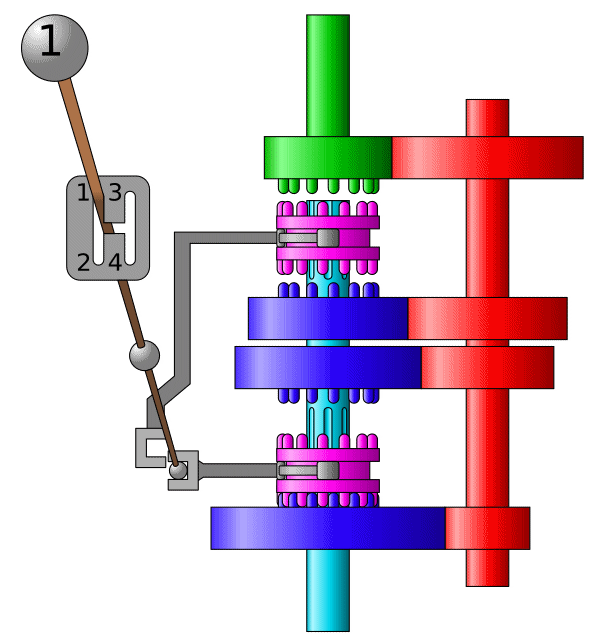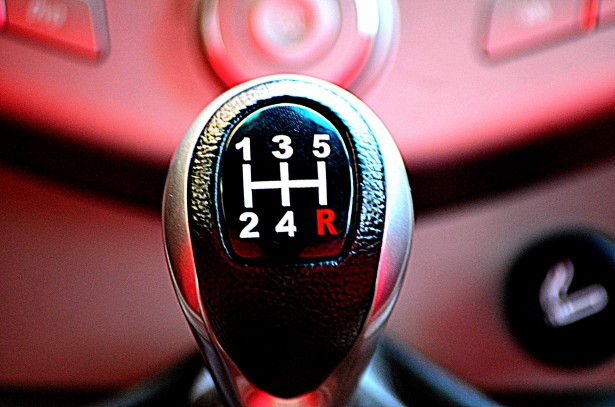Have you noticed something weird when changing gears, and the computer onboard registers an error? Do you hear grinding noises when you engage a new gear? No beating around, this is your expensive ticket for a transmission repair down the road! Unfortunately, both manual or automatic cars have to face this issue someday. In a manual car, the problem is most of the time linked to the clutch. For automatic cars, transmission errors may arise from anywhere.
Do not wait for the transmission to stop working completely. You don’t want to face a breakdown at midnight down the road or when you are in a hurry for a meeting. This post will help you understand whether your car has a transmission problem and how to fix it.
How to detect transmission slipping issues?
High RPM

Your car will register an RPM higher than your daily normal use. Something above 3000 RPM. At higher RPM, you will hear the engine yelling out loud like in rally competition, attracting the attention of passers-by. You get the picture.
If the problem is not completely addressed, high RPM will overheat the engine. You will lose fuel and finally, the transmission will be completely blocked. If this happens while you are driving even at 60km/hr, the car will stall and this may send the car into dangerous spins.
Troubles in reversing your car
Your car takes a lot of time or fails to engage the reverse gear. When you put the reverse gear, the transmission slips, causing a kind of grinding noise. You have to put more force with your hands until the gear finally clicks in.
Causes of transmission slipping:
Low Transmission Fluid
When the fluid level is low, it reduces the pressure required to engage the gears. This causes the transmission to overheat. A possible reason could be some fluid leaks in the engine.
Ruptured fluid lines, faulty seals, worn-out gasket, or a cracked torque converter can be the cause. By not treating these leaks, you will only be causing further damage to your engine.
Burning smell
You will also smell an unusual odor or burning smell each time you shift gears. If the transmission fluid is burning, it will affect your ability to shift gears.
Transmission fluid burns because impurities leak into the fluid. Don’t worry, your car mechanic will check the status of the fluid, and change it for you.
Slipping clutch

If your vehicle has traveled over 200,000 miles, it is high time to inspect the clutch.
Slipping clutch for a manual car
A slipping clutch could be causing your transmission to slip. It is also possible that you are overworking the clutch. You may have a tendency to leave your foot on the clutch even after shifting. This wears the clutch disc fast. The transmission leaks can also drip on the clutch.
Another reason could be uneven pressure on the clutch pressure plate. The pressure plate uses a
high-tension spring to distribute pressure throughout the clutch.
For an automatic car:
The clutch plate is on the transmission and torque converter. If the clutch wears out, it causes the burning of the transmission fluid.
Faulty Axle Seal
A leak in the axle seal can be causing the transmission failure. The leak spreads to the transmission and the clutch plates. In such circumstances, you may need to replace only the axle seal.
How to fix transmission slipping?
Refill or change the transmission fluid
When transmission fluid is low, you can refill with the factory-recommended fluid. As long as the fluid stays red, it is OK. Check if the fluid contains dust particles. If so, unbolt the screws on the transmission pan, drain the old fluid and replace it with new. Note that the wrong fluid will ruin the whole transmission system. You can use a funnel to refill the transmission fluid to the recommended level. You will also have to replace the filter. Change the transmission filter every 30,000 miles or every two years as recommended by the OEM. OEM here stands for the Original Equipment Manufacturer. After this fix, drive a few miles to check if the issue is gone.
Seal the leaks
This can be an easy DIY repair at home. All you need to do is to lift your car on a jack stand, check where the leak is coming from. Go to a local car store and buy sealants meant to fix leak issues. This could be your quick fix. But, if the leaks are too complicated, the best option is to take the car to a mechanic.
How to check if you have a clutch problem?
One simple way to know if your clutch is slipping is by doing a manual test with the third gear. I a manual car, you can try to start rolling the car on third gear. If the car stalls immediately, there is no issue with your clutch. If the car starts rolling, you have a clutch problem. Get the replacement done by a professional mechanic.
Slipping transmission is a common issue in cars. If the cause is minor and detectable, you can fix it yourself. But for a more complicated task, refer to your mechanic. Some DIY here may cause further problems when on road. I will end on this note and hope the above helps you to detect and fix your transmission issues.


1 comment
I like how this article elaborated on how a faulty car transmission could affect your driving experience. My brother wants a sedan that he could use to drive around the country with his wife. Now that I know the importance of transmissions, I’ll be sure to let him know about this.